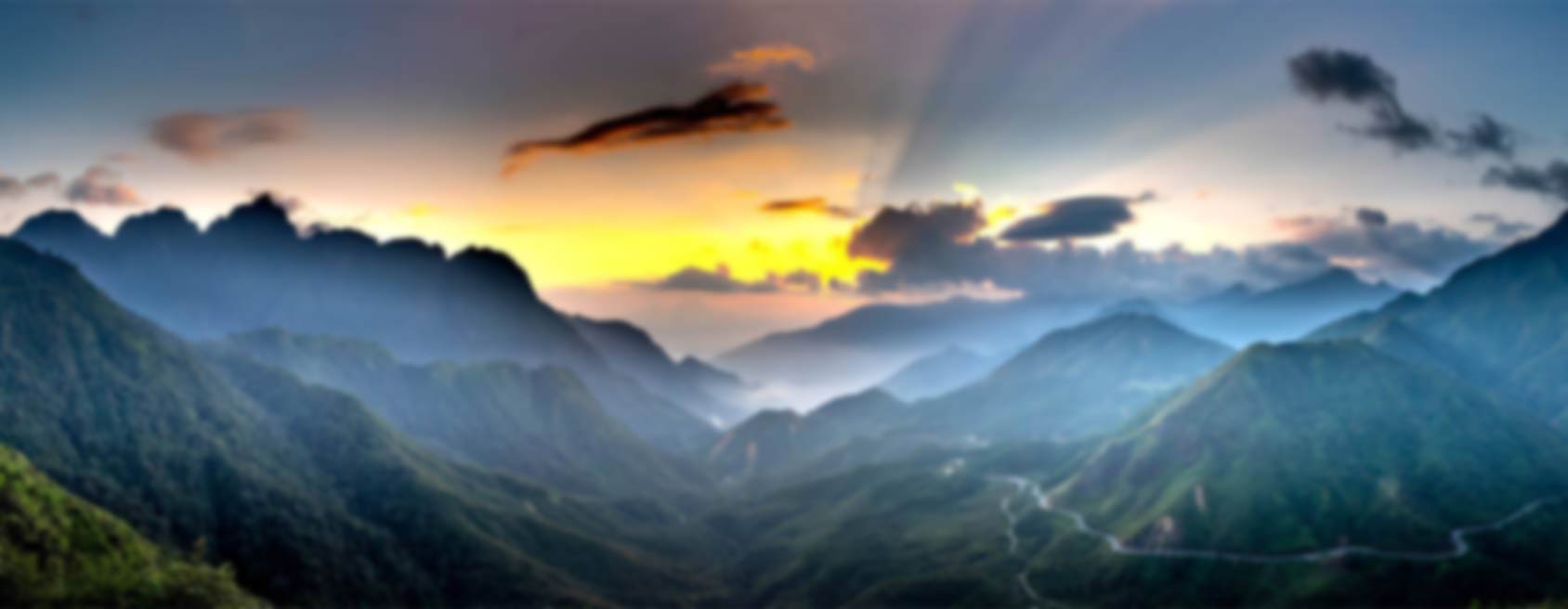
Altitude Sickness
Altitude sickness is one of the most common difficulties that mountaineers face. Therefore, we thought to explain and give some information about this condition and its chances of happening in Iran mountains. First, you must know what altitude sickness means. Reading about altitude sickness is vital before your Iran ski tour . Keep on reading to get all the information you need before Damavand hiking .
What Is Altitude Sickness?
The more technical term referring to altitude sickness in the mountains is Acute Mountain Sickness or AMS. This sickness is the negative effect of altitude over the body. Around 20 percent of the mountaineers experiencing altitude of 2500m and around 40 percent of the mountaineers experiencing altitude of 3000m show signs of acute mountain sickness.
Why Does It Happen?
This condition happens because the more you go up and increase the altitude, the lower the oxygen amounts get. Now, imagine doing something like that rapidly, meaning gain altitude suddenly and expose your body to a much less amount of oxygen than it is used to. Naturally, the body will react. Depending on the altitude and the body’s reaction to it, the condition can be light, mild, or severe. Each having different symptoms and treatments.
What Are the Symptoms?
The most basic and common symptom is a headache. However, headaches can be the result of dehydration and fatigue as well. Therefore, there must be signs other than headaches to prove the AMS. Other symptoms include vomiting, unusual tiredness, sleeping disturbance, and dizziness. We witness these symptoms in light and mild AMS, although the degree can be different from one person to another. Nonetheless, there are extreme cases when the reaction to the altitude turns into HAPE and/or HACE. But what are these acronyms? We are going to discuss it here.
HAPE
HAPE or High-Altitude Pulmonary Edema is, in simple words, the accumulation of fluid in the lung. Technically, it can happen to every mountaineer that goes above 2500m of altitude; however, those ascending above 4900m are more vulnerable. It is a life-threatening situation that requires immediate medical attention. Naturally, people who live in low altitude places are more susceptible to HAPE. The most common symptoms of HAPE include shortness of breath, cough, chest tightness, rapid breathing, rapid heart rate, and weakness.
HACE
HACE or High-Altitude Cerebral Edema is swelling of the brain with fluids. Just like HAPE, this condition is life-threatening and should be taken seriously. It happens in an altitude of above 2500m with the chances of occurring increasing with the altitude. Its most common symptoms are disorientation, lethargy, and nausea.
How Can It be Treated?
The most effective and important treatment is to descend to lower areas. Sufficient intake of fluid and using altitude sickness medication like Ibuprofen, acetazolamide, or dexamethasone can be helpful too. Naturally, only with the supervision of a doctor or medical expert.
The treatment of more severe cases is more complex and needs medical knowledge. It is better to trust your mountain guide or contact the mountain emergency rescue immediately. Such an event can easily turn into a disaster. A disaster that although devastating, can be easily avoided. As they say, prevention is better than cure. With careful planning and proper acclimatization, you can minimize the risk of this condition. Make sure to ascend gradually and give your body enough time to adjust.
Altitude Sickness in Iran
Knowing the most common high-altitude related conditions, it is time to discuss the possibility of these sicknesses in Iran. Damavand is the highest mountain of Iran with 5610m of altitude followed by Alamkuh with 4848m and Sabalan with 4811 meters. Thus, the possibility of sicknesses exists. Usually, in arranging tours for our travelers, more than the physical fitness we worry about altitude sickness since many travelers come from regions with low altitude. However, with proper acclimatization and enough rest, we minimize the risk. Of course, it doesn’t mean that we never had any altitude sickness incidents, but since all our tours are guided, it never got out of hand.






